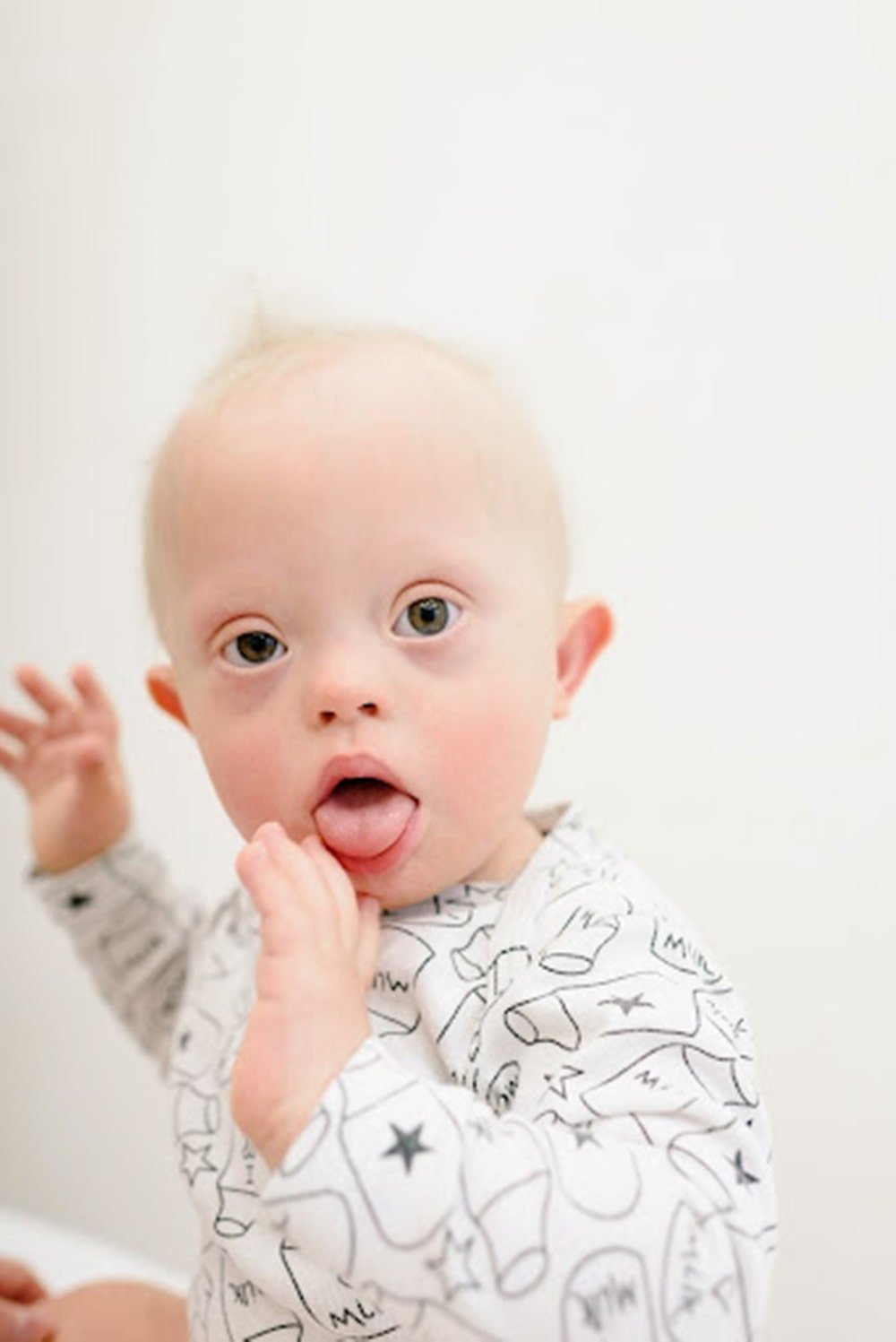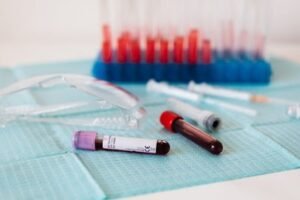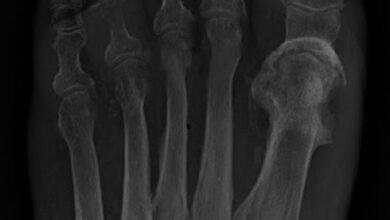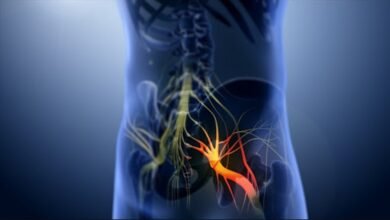
According to the world health organization the incidence of Down syndrome is estimated to be between 1 in every 1000 to 1 in every 1100 live births all over the world.
Although it is the most common genetic chromosomal disorder the disease manifestations vary in each person.
Now, let us reveal the answer to some pressing questions:
- What are the causes of this disorder?
- Does it have more than one type? Is there one type less severe in symptoms than the other?
- What are the major symptoms? What is the possibility of early diagnosis?
- Finally, is there a cure?
What is Down syndrome
It is a condition in which a child is born with an extra copy of the 21st chromosome, hence the other name, trisomy 21 syndrome.
It causes physical and mental growth impairment.
Many of these disabilities are lifelong and can shorten life expectancy as well.
However people with Down syndrome can lead healthy and fulfilling lives.
Fortunately, medical advances, cultural and institutional support help alleviate the challenges of this condition for affected children and their families.
What causes Down syndrome
Parents pass their traits to their children through genes carried on chromosomes.
Every cell receives 23 pairs of chromosomes when the fetus develops, bringing the total number of chromosomes to 46, half from the mother and half from the father.
In Down syndrome one pair of chromosomes does not separate properly Instead of having two copies the baby ends up having three copies or an extra partial copy of chromosome 21.
This extra chromosome causes impairment in brain development and physical traits.
What are the types of Down syndrome
There are three types, the most common being trisomy and the least being mosaic.
Trisomy 21 syndrome
Trisomy 21 means; an extra copy of chromosome 21 in each cell and is the most common form.
Mosaic
It occurs when a child is born with an extra chromosome in some cells only, but not all.
People with this type often have fewer symptoms because some cells are normal hence it’s the mildest form of the disease.
Chromosomal translocation
In this condition, children have an extra part of chromosome 21.
That is to say, there are 46 normal chromosomes, but one has an extra piece of chromosome 21 attached.
Down syndrome symptoms
Mental and developmental disorders range from mild to moderate or severe.
Some people are healthy, while others have severe health problems, such as serious heart defects.
Newborns with Down syndrome have characteristic looks but not all of them have the same features.
However, they share some traits, for example;
- Flat facial profile.
- Small head.
- Short neck.
- Protruding tongue.
- Upward slant eyelids (palpebral fissures).
- Abnormal or small ears.
- Poor muscle tone.
- Wide and short hands with a single crease across the palm (Clinodactyly).
- Relatively short fingers with small feet and hands.
- Hyper-flexibility.
- White, small spots on eye iris called (Brushfield spots).
- Short stature.
Babies might be of average size, but they usually grow slowly; therefore, they are shorter than their peers of the same age.
Other health issues
Some people with Down syndrome have congenital abnormalities or other medical problems.
Here are some of the common health problems:
- Hearing loss.
- Obstructive sleep apnea, a condition in which a person’s breathing temporarily stops during sleep.
- Ear infection (Otitis).
- Eye health problems.
- Congenital heart defects.
Health care providers routinely monitor children with these conditions.
Risk factors
Down syndrome is not often inherited but some parents are at a greater risk of having a child with Down syndrome than others.
Risk factors include:
Advancing maternal age
Older eggs have a higher risk of improper chromosomal division.
A woman’s risk of conceiving a child with Down syndrome increases after 35 years old.
One or both parents carrying the genetic translocation of Down syndrome
Both men and women can transfer the genetic translocation of Down syndrome to their children.
Having had one child with Down syndrome
Parents who had a child with Down syndrome or carry a translocation gene are at an increased risk of having a second baby with Down syndrome.
When is Down syndrome diagnosed

There are two main types of tests available to detect the disease during pregnancy screening and diagnostic tests.
Screening tests
This test tells the pregnant woman and the health care provider whether the fetus has a lower or higher chance of developing Down syndrome.
Screening tests do not provide a definitive diagnosis, but they are safer for the mother and the developing baby.
Early detective tests
These examinations mostly include a combination of blood tests.
They also measure the amount of the various substances in the mother’s blood, such as alpha-fetoprotein in the serum, the triple and quad test, and ultrasound, which creates a picture of the baby.
The technician looks at the fluid behind the baby’s neck during the ultrasound scan, as the excess fluid in this area indicates a genetic disorder.
Screening tests also help determine the severity of the child’s condition.
In rare cases, screening tests can give abnormal results even when there is no defect in the child.
On the other hand, they can give normal results despite a problem.
Diagnostic tests
Although diagnostic tests usually detect whether a baby has Down syndrome or not they may be more dangerous for the mother and the developing baby .
Hence, diagnostic tests are done after a positive screening test to confirm the diagnosis.
Types of diagnostic tests include:
- Chorionic villus sampling; to examine the material taken from the placenta.
- Amniocentesis; to examine the amniotic fluid (fluid from the sac surrounding the fetus).
- Percutaneous umbilical blood sample; to examine the blood from the umbilical cord.
These tests help to search for chromosomal changes that indicate the diagnosis of Down syndrome but both screening and diagnostic tests cannot predict the complete effect of the syndrome on a child.
The treatment program
Early intervention is vital even though the patient does not recover completely.
Therapy and learning life skills can improve the quality of a child’s life.
Treatment programs usually include physical, speech, occupational therapies, life skills classes, and educational opportunities.
Finally the life expectancy of people with Down syndrome continues to increase.
At the beginning of the 20th century children with Down syndrome rarely lived to be nine years old.
Nowadays, the majority of people with this condition are expected to live to the age of 60 and sometimes beyond.
Read also;
Turner syndrome | Does it only affect women? | Symptoms and treatment.



